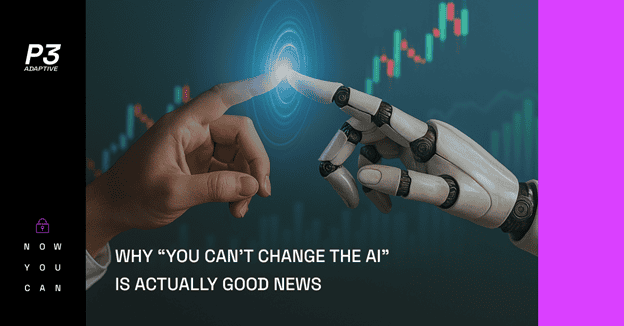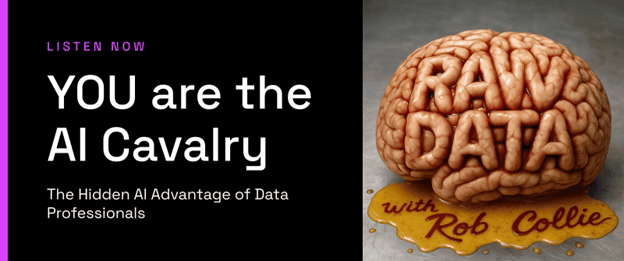
The Liberating Truth About Building with Large Language Models
Some people hear, “You can’t change the AI,” and panic.
We hear it and exhale.
Because if you’ve ever wrangled data for a living, you already know the truth: you don’t need to change the model. You just need to feed it better data.
Sound familiar? It should. It’s the same rule that’s powered analytics for decades. Garbage in, garbage out. Gold in, gold out. The data mindset you built in Power BI, SQL, or Fabric is the exact mindset that wins in the AI era.
The Myth of Control (and Why You Don’t Want It)
Everyone wants to “tune” their AI. Change the weights. Adjust the neurons. Teach it your special methods.
But here’s the thing — large language models are more like gravity. You don’t tweak gravity; you learn to work with it.
You don’t change the model. You shape the context.
You don’t rewire its brain. You frame the prompt.
You don’t reinvent the math. You feed it the right patterns.
That’s not limitation. That’s liberation.
It’s the moment every data pro realizes: “Wait… I already know how to do this.”
From Data Modeling to Prompt Engineering: Same Game, New Board
If you ever built a star schema or cleaned a gnarly CSV at 2 a.m., congratulations, you’ve been training for this moment.
LLMs are just giant, text-based data models. Prompts are your DAX formulas. The context window? Your query filter.
The mindset is identical:
- Define your inputs clearly.
- Eliminate noise.
- Create relationships that make sense.
- Ask better questions to get better answers.
It’s not “AI magic.” It’s structured thinking at scale.
The Power of Letting Go
Once you stop trying to change the AI, you can start using it.
The same way you don’t fight SQL syntax, you learn its logic.

And that shift — from frustration to flow — is where the real innovation happens.
You stop blaming the tool and start building smarter systems around it.
You stop waiting for perfect answers and start iterating faster.
You stop chasing control and start getting results.
That’s the real prize: clarity, speed, and a little bit of swagger.
Turning the Data Mindset into AI Results Through Prompt Engineering
If you’ve ever argued about data lineage, naming conventions, or schema drift, you’ve already built the muscle that AI now rewards: structured curiosity.
Because at its core, AI is just data wearing a leather jacket.
It’s the same logic, the same cause-and-effect, the same need for context — just louder, faster, and with better lighting.
You don’t need to become an “AI whisperer.”
You just need to follow the logic and work on iterative prompt engineering.
You don’t need a PhD in machine learning. You need a clear problem, clean data, and the courage to experiment.
The AI is fixed. That’s the point. The magic happens in how you use it.
At P3 Adaptive, we’ve been working this way for years, turning raw data into real advantage. Whether you’re feeding a Power BI model or prompting a language model, the rules are the same: structure beats chaos every time.
The future isn’t about changing the AI. It’s about changing how you think about it.
You already think like an AI builder. Now let’s put it to work.
Get in touch with a P3 team member